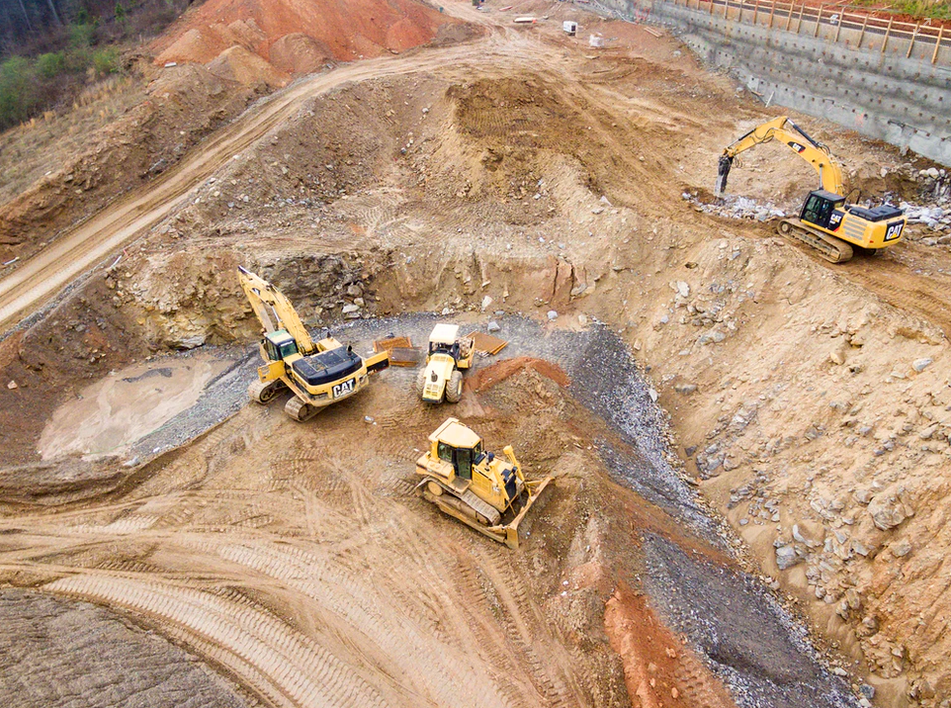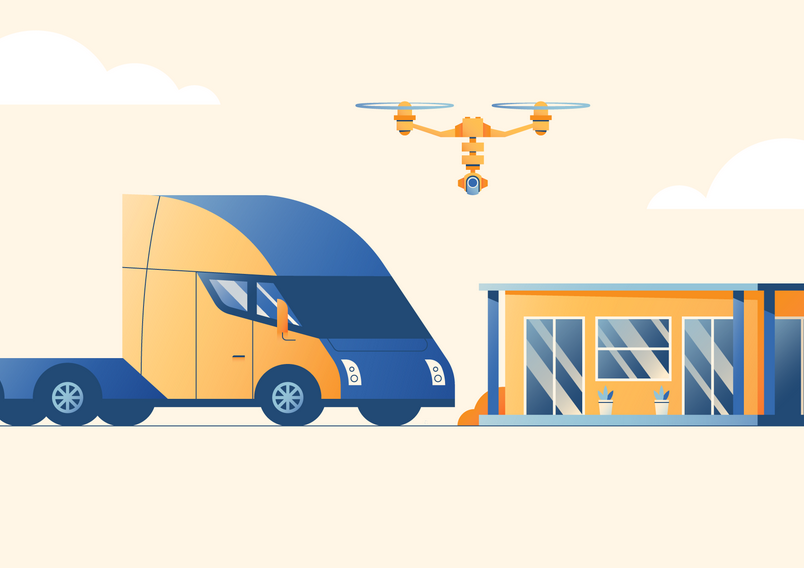
It’s easy to see how certain aspects of construction such as designing plans, manipulating 3D models and sourcing materials can be enhanced by technology. In contrast, heavy machinery and manual labor are still essential on-site to carry out the hard, physical work of construction. However, with the introduction of telematics and AI, and a switch to more electric vehicles and automated machinery, even heavy vehicles can be made safer and more efficient with technology.
Digital Vehicle Maintenance Programs
Of all construction projects undertaken, only 30% are completed on time, with delays often attributed to faulty or broken down machinery. To avoid unnecessary downtime and improve productivity, high-tech maintenance programs can streamline the upkeep and repair of heavy equipment. When telematics, sensors and instrumentation are installed on on-site equipment, large amounts of data can be analyzed to see how vehicles are performing.
Information gathered from sensors can help to identify when machinery is active or idle, allowing contractors to improve productivity and maximize fuel efficiency. This data can also be used to predict future problems and promptly deal with maintenance and repair issues before they cause unnecessary delays. Some parts need changing regularly to ensure the smooth running of equipment. With scheduling software, it’s easy to check when to replace the air filters on a crawler bulldozer or keep a record of upgrading Bobcat 3T320 tracks to match the performance of the new powerful compact loader. Implementing regular upgrades and repairs saves time in the long run, and helps to prevent building projects from exceeding projected budgets and schedules.
Autonomous And Remote Controlled Vehicles
Maintaining vehicles and heavy equipment is essential, not only to increase productivity but also to improve safety levels for on-site operators. The most common cause of injury for construction workers on site is being struck by vehicles, machinery or other building materials, and around 75% of the fatalities from being struck involve heavy vehicles such as trucks or cranes. As the use of self-driving construction equipment is becoming more common, these accidents and injuries could be minimized. Machines equipped with sensors, cameras and Light Detection and Ranging Laser Scanning technology (LIDAR) can easily detect workers and other machinery to avoid collisions. With remote control technology, workers can safely operate machines using a transmitter or even a smartphone app. Away from the cab, they are safe from the dangers of machinery toppling over on them, and, with unobstructed views of the site, they can take away the risk of other workers being pinned or crushed by vehicles.
Wireless Communication Enables Autonomous Mining
Autonomous machinery is already used widely in the mining industry. Sensors and cameras provide data to enable machine learning AI to drive a variety of vehicles, and some mines have now replaced manually driven equipment with fully autonomous diggers and crushers. Fully automated mines are possible where reliable wireless communication is available, allowing for fast and dependable mobile connections. This means that trucks and other vehicles can be controlled from a distance by a single operator, improving productivity and reducing costly communication errors.

Electric Construction Vehicles Reduce Carbon Emissions
On-site construction processes, including the use of heavy machinery, account for 11% of all global carbon emissions. In the US, The Environmental Protection Agency (EPA) has been introducing increasingly stricter limitations on emissions for off-road diesel engines, and in the future, it is likely that requirements for zero emissions from heavy construction vehicles could be introduced. This means the introduction of more electric vehicles, which, as well as being cleaner, are cheaper to run and less noisy. This is a particular benefit for sites in congested cities where pollution from noise and emissions is more strictly regulated.
Although the construction industry has been slow to digitize, new technologies are helping to streamline processes and improve productivity. This now also applies to vehicles and heavy machinery that are being adapted to run more efficiently, produce fewer emissions, and reduce the risk of accidents on site.



